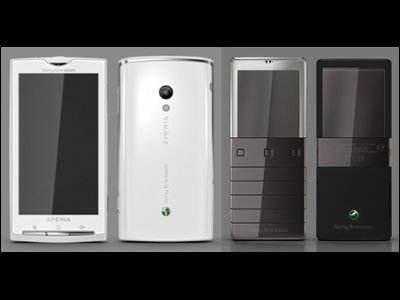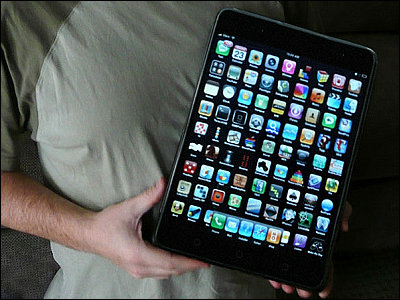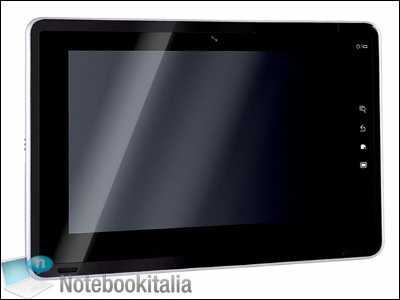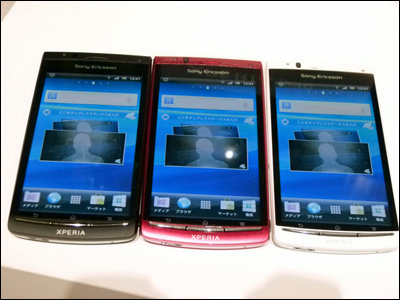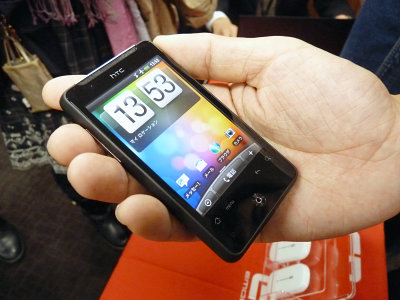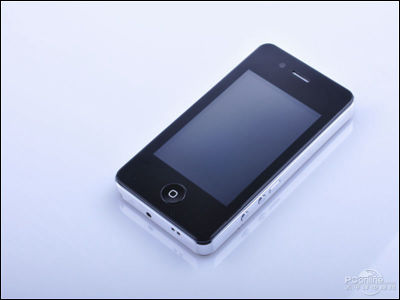The world's first public prototype board that Apple used to develop the first iPhone

The first iPhone prototype: an exclusive look at Apple's red M68-The Verge
https://www.theverge.com/2019/3/19/18263844/apple-iphone-prototype-m68-original-development-board-red
In the early development period, the iPhone, which has many users around the world, was called by code names such as 'M68' and 'Purple 2'. Furthermore, many of the engineers who were actually working on development did not know what the final form of the device they were developing would look like.
The iPhone is treated as an important secret even in Apple, and development has been carried out using a prototype board that is completely different from the actual iPhone, in order to prevent leaks of the completed iPhone etc. as much as possible before announcement. The The Verge has succeeded in putting the prototype board actually used for the development of the 'M68' in the photograph by the guide of the anonymous person named Red M Sixty .
At first glance, the iPhone prototype board looks like an old PC motherboard. The display on the lower right of the board is the display of the actually announced iPhone, and it can be seen that the prototype board has been expanded to a rather large size, which is similar but not similar to the real iPhone. The prototype board was mainly for software engineers and engineers in charge of communication parts, and since these were often provided to engineers without an iPhone display, these engineers did not know the completed form of the iPhone is.

This is an image that explains what each component has. It contains the various components needed to develop an iPhone, allowing development to occur without the presence of a real iPhone display.

The prototype board has two Mini-USB ports, allowing engineers to code software and applications for the iPhone without using the iPhone screen. In addition,
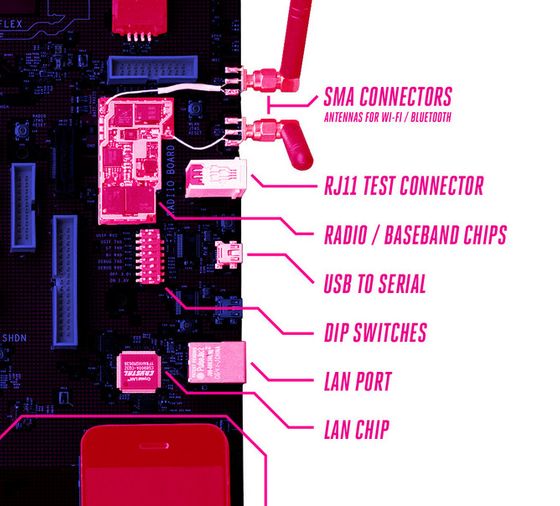
The top also has a SIM card slot and a DC adapter that supplies power to the prototype board.
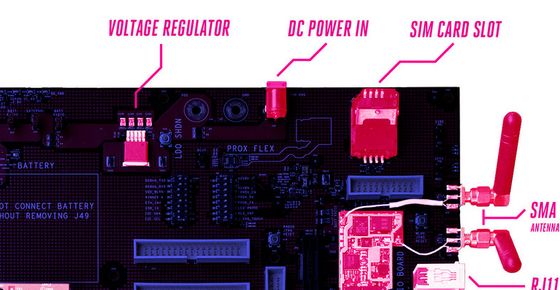
The core application processor of the iPhone is a set of NAND cards for OS storage. Also, using RCA terminals and component video connectors, engineers were able to connect an external screen to the prototype board.
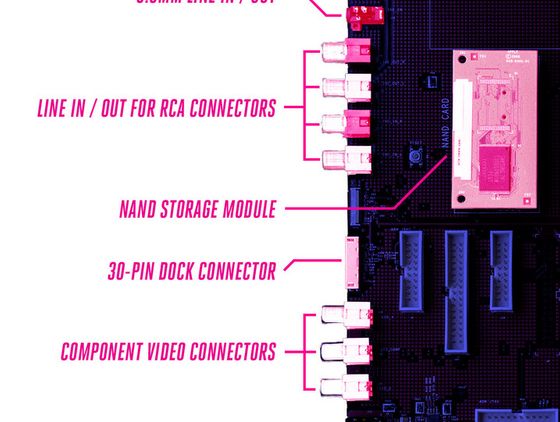
Also, surprisingly, the prototype board has a power button, a volume control button, a camera, and a home button to enable development and operation confirmation without the iPhone itself.
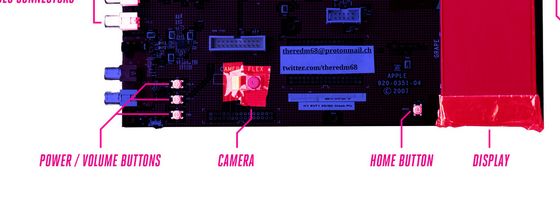
When connecting an iPhone display to the prototype board, you could actually operate the iPhone by pressing the power button or volume control button on the board. When actually pressing and holding the power button on the prototype board ...
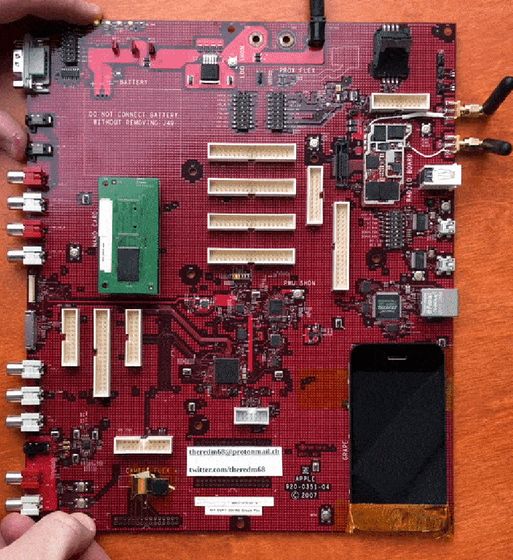
The iPhone connected to the board has started.
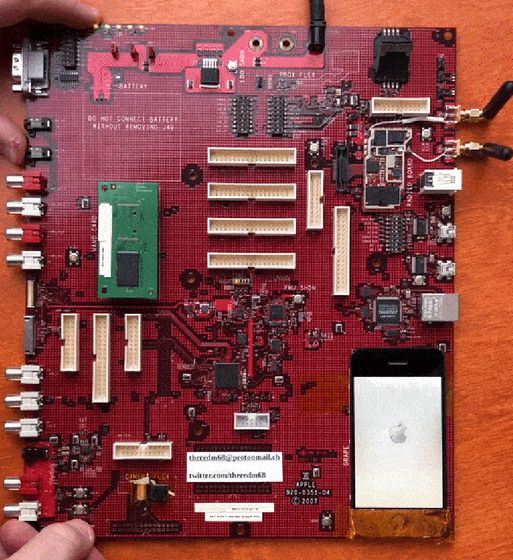
At the time of writing, Apple is no longer using such a huge prototype board when developing an iPhone. However, the prototype board released this time was a reminder of the initial state of smartphone development that swept the world.
Related Posts:
